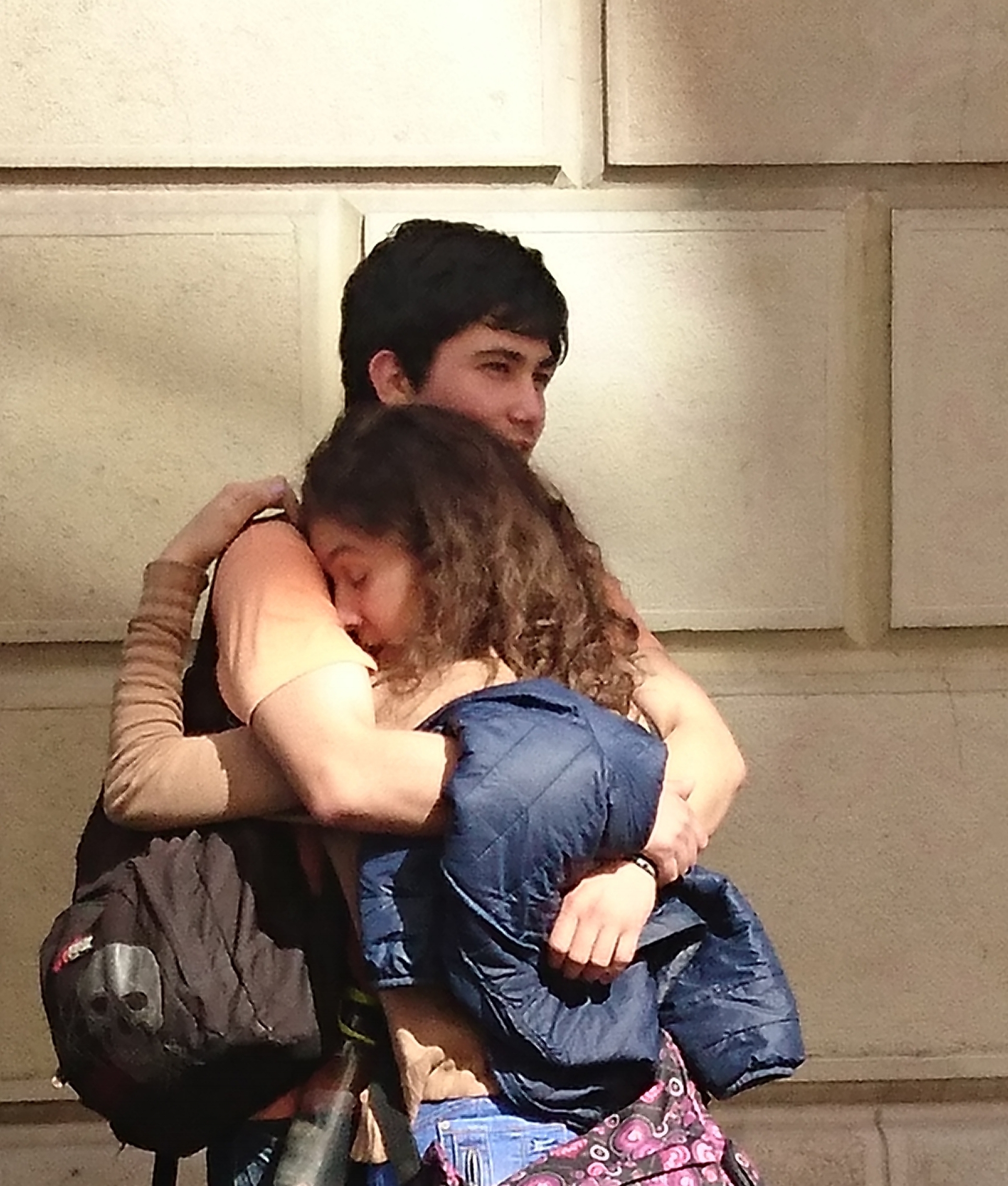Patterns
Patterns, for me, are one of the most fascinating aspects of working with the body. So much of what we do, think and feel is defined by a pattern. Our reactions and behaviour can often be understood within the form of a pattern.
Patterns within the body seem to come with a thought, a sensation and a feeling – and not necessarily in that order. It’s like a chain of events that has a past, present and future.
Patterns and memory are intrinsically entwined. It would even seem that most body sensations can be linked to a moment stored within our memory.
The past has already been catalogued within your body and it reminds us of the life we’ve lived.
I like to teach my clients to observe their patterns with kindness and without judgement. After all, it’s these patterns that have got you through the difficult times and these patterns we need to consider when we ask whether they’re still looking after you or are now out of date?
Who’s serving who? Are you serving your patterns or are they serving you?
I believe our patterns both look after us and hinder us, as they can keep us from changing and growing. Freedom from our patterns can never be underrated; it is essential for our movement forward. But we need to see them first before we can work with them and this is where the fun begins!
To see yourself and your patterns clearly and respectfully is the key.
Through the observation of your patterns we begin to get a real insight into some of the strains and stresses your body has had to undergo. Some of the ways you react to situations might not make any sense to you: it’s part of a pattern that your body has adopted to manage, with the intention of looking after you, however roundabout that route might first appear.
The Rolfing Institute’s Standard of Practice document states that “…fundamental is the recognition that each human being has an inherent internal pattern for optimal organisation of form and function, this pattern is essentially self-organising. The intent of Rolfing is to identify and address that which keeps each person’s pattern from manifesting as a higher level of order and function.”
The dictionary defines a pattern as “perceptual structure” and that’s a particularly apt description when we look at the body. There are patterns we can observe within your connective tissue system that guide our work, such as your breathing, movement, the way you experience your body, as well as compensation, behavioural and emotional patterns.
I find considering the bigger picture to be essential when working towards bringing lasting change to the body. And that picture is made of many elements, patterns simply being one of them. Over the years I’ve noticed that working with a blend of Rolfing and Somatic Experiencing brings a richer depth of understanding.
What are the patterns that bring discomfort to your body? Why is it that, after trying all the therapies you’ve tried, you’re still left with that pain in your shoulder?
Where did the pattern begin? This last question is one of my favourites as I find it intensely fascinating to explore when a certain pattern began its journey through your life.







